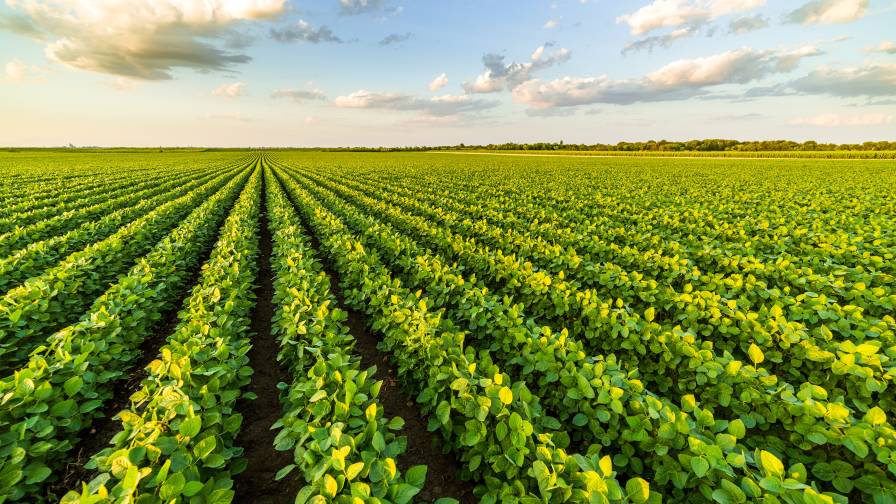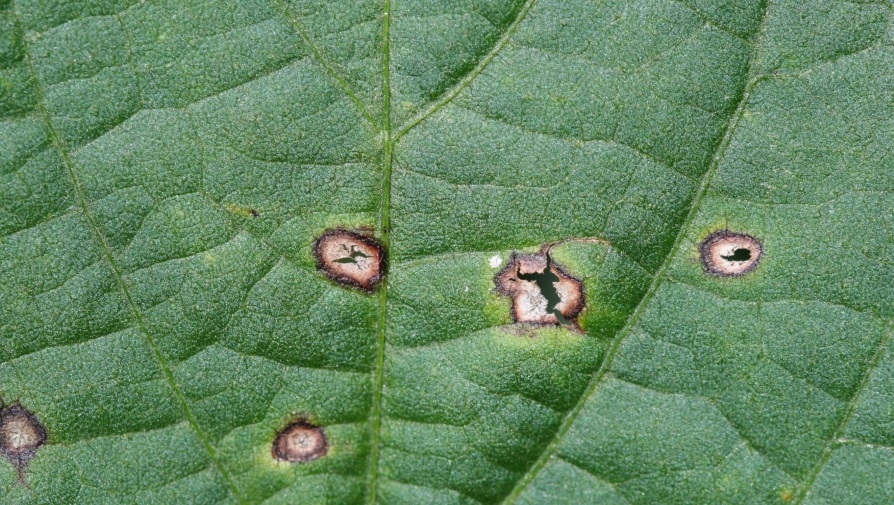Leveraging Agronomic Data to Optimize Nutrient Applications, Improve Crop Performance
It’s no secret that yield has been the metric used by growers for many years to essentially determine the success of their season. Countless decisions made around crop rotation strategy, plant timing, spray or no spray, till or no-till, what products to apply, if any, all summarized in one number…yield. Along with that, the notion of profitability, many argue, comes right along with it.
But with today’s data-driven era across all industries, not just agriculture, we are starting to see a shift suggesting a mentality more focused on quality over quantity. Not just planting within a time range, planting at the “right” time. Not just spraying or not spraying, spraying precisely in the “right” spots. Not just applying the product with the most compelling rebate program, but applying the “right” product.
Growers aren’t just looking for a solution, they’re looking for the best solution, and the best means to not just produce the most, but also generate the most profit. Some say that reducing input costs is key, while others swear by pushing fields to produce more yield.
The reality? Farming is complex and there is not one thing that solves all.
Dan Frieburg, VP of Technical Services at Premier Crop Systems in Des Moines, IA, sums it up best. “In order for us to drive more profits, we can’t do it by treating every part of every field like it’s the same.”
The statement is one that resonates with me because at Rantizo, we had the same conversations with ag retailers and growers this year as it pertained to fungicide applications. Rather than doing what was once common practice and applying blanketed fungicide across an entire field, we had several growers looking to execute a new strategy.
For example, one trial we completed with Aker involved a real-time decision to eliminate planned fungicide applications in a certain portion of a field due to underperformance indicated by field imagery data. Essentially the conversation between the agronomy team and the grower led to the decision to double down on the fields that were performing well, and not exhaust resources on the other areas.
A similar example to share is from a grower we worked with in northeastern Iowa. Based on the field data he had, he knew that the edges of his fields were continuously ravaged by critters. As a result, he decided to skip fungicide applications in those very specific areas and only target the areas performing well. The result was yield increases in the targeted areas, which theoretically also meant profitable acres.
Harvest has been wrapping up in my neck of the woods here in Iowa for the past couple of weeks. Along with the communal sigh some may release after a year full of ups and downs, comes the shift in focus to the 2021 season. Realistically, many growers probably initiated their planning before they even fired up the combine, and nutrient applications are top of mind.
The end goal is always the same…a successful season. That success of course, for most, is driven by conversations about yield and profitability. But not all fields are created equal and therefore, the end result is often far from uniform. One field may be high in nutrients, but yield is underperforming. Another field may show high yields, but register low in certain nutrients.
The conundrum that many face is simply knowing what data will drive the conversation on actions needed to produce the desired results.
Ag retailers can start by working with growers to not just analyze data throughout the season to ensure things are on track or determine if course corrections are needed, but they can also use that data to determine what prescriptions are needed for the upcoming season.
Mark Stutsman, COO of Stutsman, Inc. out of Hills, IA, thinks that soil nutrient testing might be a good place to start.
“We have a lot to learn about what soil nutrient test results are telling us,” Stutsman stated. “Now is a great time to start studying and looking at answers to questions like: ‘What is the optimal range for each nutrient’? and ‘How much of a nutrient is readily available that shows up in the tests?’” he added.
That’s where companies like Premier Crop Systems come in. Frieburg clarifies that the company is not a soil testing lab, but rather an analytics company.
The workflow looks something like this:
- Soil samples are collected in growers’ fields.
- Samples are then sent off to a lab for testing.
- The lab provides the test results.
- Premier Crop Systems builds analytics tying the lab results to geo-targeted locations in the field.
- Variable rate prescriptions are determined from there.
Although Frieburg admits he deliberately tries not to argue which soil sampling method is the best, he does say that Premier Crop Systems advocates for growers and ag retailers to utilize spatial soil sampling. He cites flaws in the days of gathering core samples from various spots in a field, mixing them up in a bucket, sending them to the lab, and then using those results as a holistic representation of field soil health.
“In hindsight what you were doing was pretending what came back accurately represented pH and organic matter, and P and K levels in that field. With GPS we can actually geo-reference those samples,” he stated.

Snapshot of how Premier Crop Systems combines agronomics and economics to drive higher returns within each part of each field.
One of the ways Frieburg says that Premier Crop Systems is different is in their strategy for leveraging their analytics.
“When precision agriculture first was getting started, many ag retailers were trying to help the grower in building up low testing areas and mining down high testing areas. The logic was that at some point, the fields will be neutral,” he explained. “Many times that hasn’t happened.”
“The reality is that some of the most productive fields are actually the lowest testing from a nutrient perspective; the more you push those areas, the higher the yield, the more nutrients they remove. If you’re focused on ppm on a soil test it’s hard to catch up. That’s the wrong goal. Nobody gets paid by ppm, they get paid by higher yield. Nutrient response is the same way. The ideal combination of soil supplied nutrients and fertilizer supplied nutrients changes within fields. Now growers and ag retailers can leverage that to their benefit.”
“Premier Crop Systems was started in the late 90’s,” Frieburg explained. “Commodity prices at the time were horrible. We realized then and still today that before a grower can truly market their crop, they better know their true cost per bushel. It’s a big deal because we believe that growers aren’t doing more variable rate activity even today because they’re not convinced it pays. We’re trying to help overcome that while providing actionable insights.”
How does that tie back to nutrient applications?
“With geospatial analytics we’re able to suggest to a grower that they spend more on fertilizer on a certain part of the field. We’re grabbing the As Planted file and tying the cost out spatially. In the end, this can help increase profitability for the farmer,” Frieburg concluded.
As we dust off the 2020 season and look to 2021, what strategies do you plan to use with growers and their nutrient applications?






